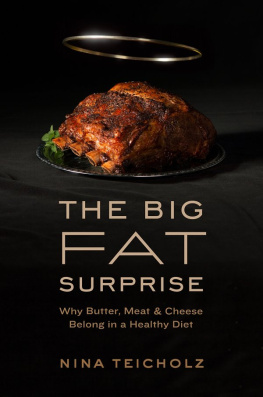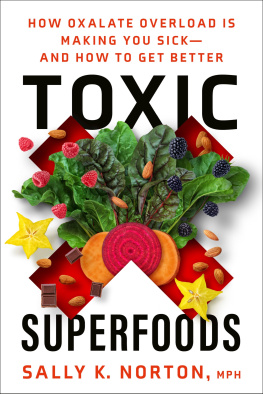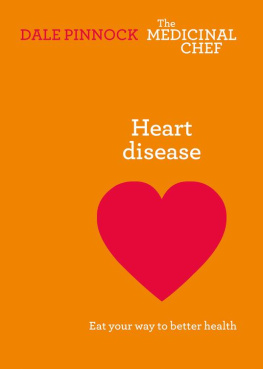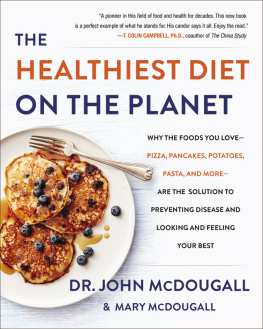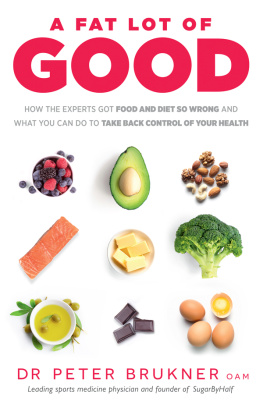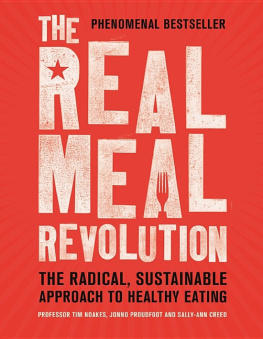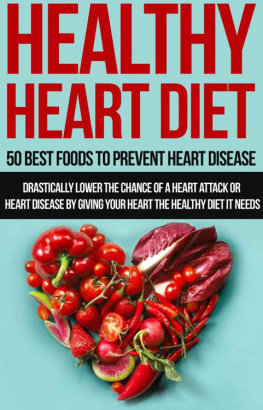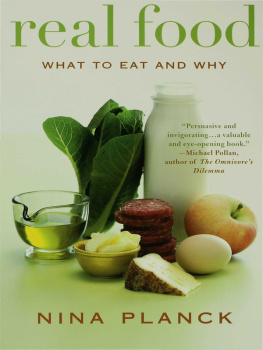Thank you for downloading this Simon & Schuster eBook.
Join our mailing list and get updates on new releases, deals, bonus content and other great books from Simon & Schuster.
C LICK H ERE T O S IGN U P
or visit us online to sign up at
eBookNews.SimonandSchuster.com
Contents
For Gregory
Illustrations
Introduction
I remember the day I stopped worrying about eating fat. It was long before I started poring over thousands of scientific studies and conducting hundreds of interviews to write this book. Like most Americans, I was following the low-fat advice set forth by the US Department of Agriculture (USDA) in its food pyramid, and when the Mediterranean diet was introduced in the 1990s, I added olive oil and extra servings of fish while cutting back further on red meat. In following these guidelines, I was convinced that I was doing the best I could for my heart and my waistline, since official sources have been telling us for years that the optimal diet emphasizes lean meats, fruits, vegetables, and grains and that the healthiest fats come from vegetable oils. Avoiding the saturated fats found in animal foods, especially, seemed like the most obvious measure a person could take for good health.
Then, around 2000, I moved to New York City and started writing a restaurant review column for a small paper. It didnt have a budget to pay for meals, so I usually ate whatever the chef decided to send out to me. Suddenly I was eating gigantic meals with foods that I would have never before allowed to pass my lips: pt, beef of every cut prepared in every imaginable way, cream sauces, cream soups, foie grasall the foods I had avoided my entire life.
Eating these rich, earthy dishes was a revelation. They were complex and remarkably satisfying. I ate with abandon. And yet, bizarrely, I found myself losing weight. In fact, I soon lost the 10 pounds that had dogged me for years, and my doctor told me that my cholesterol numbers were fine.
I might have thought no more about it had my editor at Gourmet not asked me to write a story about trans fats, which were little known at the time and certainly nowhere near as notorious as they are today. My article received a good deal of attention and led to a book contract.
The deeper I dug into my research, however, the more I became convinced that the story was far larger and more complex than trans fats. Trans fats seemed to be merely the latest scapegoat for the countrys health problems.
The more I probed, the greater was my realization that all our dietary recommendations about fatthe ingredient about which our health authorities have obsessed most during the past sixty yearsappeared to be not just slightly offtrack but completely wrong. Almost nothing that we commonly believe today about fats generally and saturated fat in particular appears, upon close examination, to be accurate.
Finding out the truth became, for me, an all-consuming, nine-year obsession. I read thousands of scientific papers, attended conferences, learned the intricacies of nutrition science, and interviewed pretty much every single living nutrition expert in the United States, some several times, plus scores more overseas. I also interviewed dozens of food company executives to understand how that behemoth industry influences nutrition science. The results were startling.
Theres a popular assumption that the profit-driven food industry must be at the root of all our dietary troubles, that somehow food companies are responsible for corrupting nutrition recommendations toward their own corporate ends. And its true, theyre no angels. In fact, the story of vegetable oils, including trans fats, is partly about how food companies stifled science to protect an ingredient vital to their industry.
Yet I discovered that on the whole, the mistakes of nutrition science could not primarily be pinned on the nefarious interests of Big Food. The source of our misguided dietary advice was in some ways more disturbing, since it seems to have been driven by experts at some of our most trusted institutions working toward what they believed to be the public good .
Part of the problem is easy to understand. These researchers ran up against an enduring problem in nutrition science, which is that much of it turns out to be highly fallible. Most of our dietary recommendations are based on studies that try to measure what people eat and then follow them for years to see how their health fares. It is, of course, extremely difficult to trace a direct line from a particular element in the diet to disease outcomes many years later, especially given all the other lifestyle factors and variables at play. The data that emerge from these studies are weak and impressionistic. Yet in the drive to fight heart disease (and later obesity and diabetes), these weak data have had to suffice. And this compromise by researchers appears to have driven many of nutrition policys failures: well-intentioned experts, hastening to address growing epidemics of chronic disease, simply overinterpreted the data.
Indeed, the disturbing story of nutrition science over the course of the last half-century looks something like this: scientists responding to the skyrocketing number of heart disease cases, which had gone from a mere handful in 1900 to being the leading cause of death by 1950, hypothesized that dietary fat, especially of the saturated kind (due to its effect on cholesterol), was to blame. This hypothesis became accepted as truth before it was properly tested. Public health bureaucracies adopted and enshrined this unproven dogma. The hypothesis became immortalized in the mammoth institutions of public health. And the normally self-correcting mechanism of science, which involves constantly challenging ones own beliefs, was disabled. While good science should be ruled by skepticism and self-doubt, the field of nutrition has instead been shaped by passions verging on zealotry. And the whole system by which ideas are canonized as fact seems to have failed us.
Once ideas about fat and cholesterol became adopted by official institutions, even prominent experts in the field found it nearly impossible to challenge them. One of the twentieth centurys most revered nutrition scientists, the organic chemist David Kritchevsky, discovered this thirty years ago when, on a panel for the National Academy of Sciences, he suggested loosening the restrictions on dietary fat.
We were jumped on! he told me. People would spit on us! Its hard to imagine now, the heat of the passion. It was just like we had desecrated the American flag. They were so angry that we were going against the suggestions of the American Heart Association and the National Institutes of Health.
This kind of reaction met all experts who criticized the prevailing view on dietary fat, effectively silencing any opposition. Researchers who persisted in their challenges found themselves cut off from grants, unable to rise in their professional societies, without invitations to serve on expert panels, and at a loss to find scientific journals that would publish their papers. Their influence was extinguished and their viewpoints lost. As a result, for many years the public has been presented with the appearance of a uniform scientific consensus on the subject of fat, especially saturated fat, but this outward unanimity was only made possible because opposing views were pushed aside.
Unaware of the flimsy scientific scaffolding upon which their dietary guidelines rest, Americans have dutifully attempted to follow them. Since the 1970s, we have successfully increased our fruits and vegetables by 17 percent, our grains by 29 percent, and reduced the amount of fat we eat from 43 percent to 33 percent of calories or less. The share of those fats that are saturated has also declined, according to the governments own data. (In these years, Americans also began exercising more.) Cutting back on fat has clearly meant eating more carbohydrates such as grains, rice, pasta, and fruit. A breakfast without eggs and bacon, for instance, is usually one of cereal or oatmeal; low-fat yogurt, a common breakfast choice, is higher in carbohydrates than the whole-fat version, because removing fat from foods nearly always requires adding carbohydrate-based fat replacers to make up for lost texture. Giving up animal fats has also meant shifting over to vegetable oils, and over the past century the share of these oils has grown from zero to almost 8 percent of all calories consumed by Americans, by far the biggest change in our eating patterns during that time.
Next page
